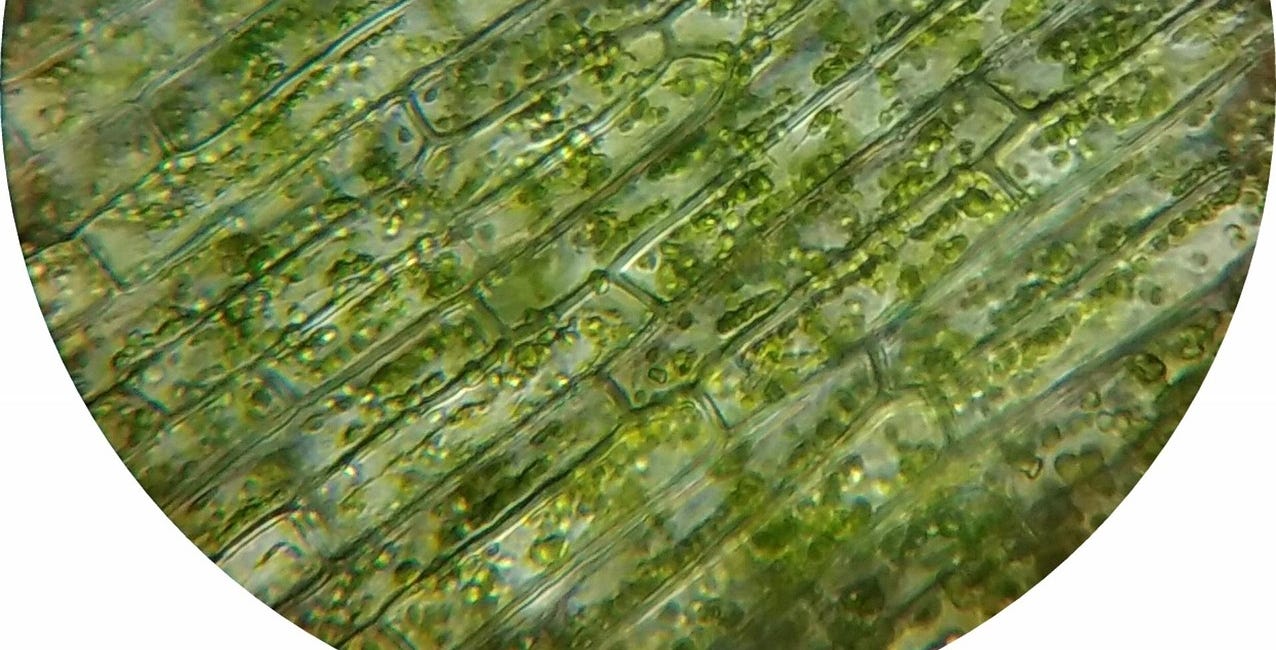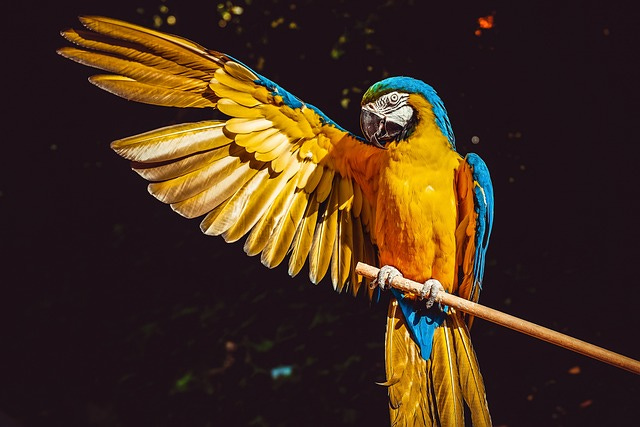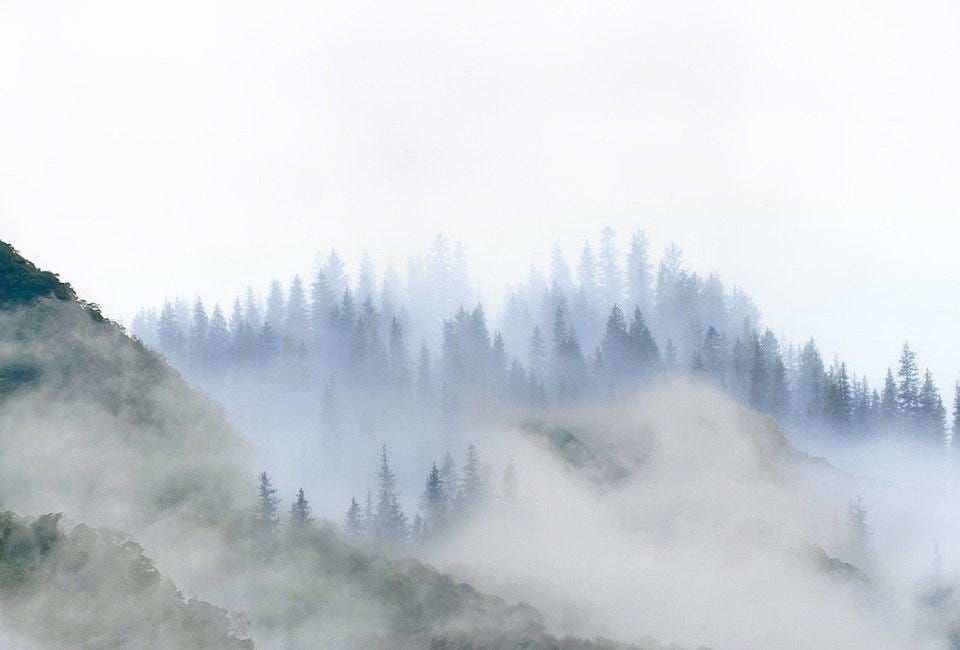Chapter 9: The Kingdom of Animals - Mammals
Concluding our adventures in the Kingdom of Animals with mammals. Come with me and you can learn what puggles and cladistics are!
Part 1: Mammals - The Warm and Fluffy Icing on the Cake
Tyger, Tyger burning bright,
In the forests of the night
What immortal hand or eye,
Could frame thy fearful symmetry?
-The Tyger, by William Blake
Finally, we are on the last leg of our tour of the Kingdoms of Creation (who’s up for some ice cream when we’re done?). Our final group to visit is the mammals. Have you been waiting with bated breath for some cute, cuddly fluffiness? Well, look no further because every mammal has hair or fur, making them extra warm and soft. They can also help keep you warm (if you happen to be lost in a blizzard or whatever) since they are warm-blooded.
Mammals are found all over the world, from the tiniest bumblebee bat (only about as big as your thumb) to the enormous blue whale (ok, so these guys aren’t particularly fluffy, but they do have some hairs). They can be found in the ocean (hello dolphins, whales, and manatees) and the air (we’re looking at you, bats), but most of them are land-dwelling creatures like your average deer, dog, dormouse, or donkey (but not dugong – those live in the water). Many domesticated animals are mammals, such as cows and horses, as well as many of our favorite pets, like sugar gliders and hedgehogs. (You don’t have sugar gliders or hedgehogs? Only a dog and cat? Weird.)
Nearly all mammal babies are born living from their mothers instead of hatching from eggs like birds or reptiles. When they are born, most mammals are relatively well developed, such as horses that can walk within minutes and puppies that are covered with fur. Even though they might look like miniature versions of their parents, they are not really ready to venture out on their own just yet. They stay with their mother (and sometimes also their father) for a time to feed on the milk that the mother makes and to learn from their parents what it takes to be a successful adult.
Some awesome (but kinda weird) Australian animals break this mammal mold. The Land Down Under is the home to all the world’s monotremes and nearly all the marsupials. Monotremes, like the duck billed platypus, do in fact hatch from eggs. After they hatch, the puggles (is there possibly a cuter name for a baby animal?) will still stay with their mother for a time to fee on her milk just like other mammals. Marsupials do not hatch from eggs, but they are born extremely small (only about the size of a jellybean) and completely hairless. They live in their mother’s pouch for a time to nurse on her milk until they are big enough to venture into the wide world.
Check out Chapter 9A Podcast Episode!
Part 2: Don’t Judge a Mammal By Its Stripes - Cladistics
Birds of a feather flock together.
-Traditional saying
Within the last century, we have made great advancements in science and technology, from rockets to smart phones, and one of the most groundbreaking discoveries is the role that DNA plays in creation. DNA, as you probably remember, is the special molecule that holds the information that makes a creature what it is – why a pigeon is a pigeon and not an eagle (even if it does have delusions of grandeur). Scientists can use your DNA to tell many things about you: whether you are a boy or a girl, where your family comes from, whether you are lactose intolerant, and much more. We study all of this in the field of science known as genetics (it’s called that because it studies sections of DNA known as genes that each do a particular thing).
Our genes not only tells us who we are, but also who we are related to. This might not seem exciting to those of you who see your family all the time, but for those who have lost touch with their biological family (such as through adoption), this can be life changing. Imagine being able to meet someone who looks like you for the first time and find out where you came from. It’s a beautiful thing that science has given us.
The genes of animals can also tell us who they are related to, a field of study known as cladistics. Looking at those genes has yielded some very surprising connections in the animal world. Consider the giant panda: for years, scientists were certain that this creature was related to the much smaller red panda because of their similar love for bamboo and a small resemblance. Now, scientists have seen that the genes of giant pandas are much closer to a grizzly bear’s than a red panda’s, making them a true bear after all. Interestingly, the red panda is totally unique, being in a family all its own.
Studying the genes of animals have shown us that hyenas are actually more like cats, despite their canine ears and behavior, while foosas (a cat-like predator of Madagascar) are really more like mongooses. Seals and walruses are in the same group as wolves and weasels, but not manatees and dugongs, even though they are all marine mammals.
So, what about us? Where do we humans fit into this wonderfully varied creation? We have more than one cell, so we’re not bacteria, archaea, or protists. We have to consume food, so we’re not plants, but we can move around, so we’re not fungi. That just leaves animals. Our genes say that we are most closely related to the great apes like gorillas and chimpanzees, sharing up to 99% of our genes with them.
And yet, we are so very, very different from all other creatures. Sure chimpanzees can use simple tools (like using a stick to get ants) and gorillas can be taught sign language, but our intelligence, planning, tool use, language, and cooperation are simply on a different level. No other animal could mine materials out of the ground, turn them into wires, solder them together, invent a computer program to run on it, and then sell it to me so that I can write this for you.
When it comes down to it, our intelligence is the special gift that we have been given by our Creator. We might not have sharp teeth or speed like other animals, but we do have our minds that allow us to make saws and cars so that we actually can be stronger and faster than any other animal. Our intelligence has not only allowed us to make a world where people live longer, healthier lives, but also to know things about our Creator and to cultivate the good, the true, and the beautiful.
Check out Chapter 9B Podcast Episode!
Ready for More?
Check Out the Next Chapter
Chapter 10: Types of Cells
Welcome to the first installment in the Kingdoms of Creation home education science program. We’re glad you’re here. Each chapter is split into two parts: Part 1 is for younger students (usually K-4); Parts 1 and 2 together are for older students (usually 5-8). The Kingdoms of Creation is a comprehensive biology program. See the full table of contents
Or the Previous Chapter
Chapter 8: The Kingdom of Animals - Reptiles and Birds
Part 1: Reptile or Bird? Easy to Tell Even in a Shell
Or Visit the Welcome Page
Welcome to the Kingdoms of Creation
A long time ago in land not so far away, the Creator made a world. This world was big and beautiful, wild and wonderful, fantastic and frightening. It was full of amazing creatures like the ping-pong tree sponge (an immobile creature that looks just like its name sounds but eats shrimp in the deep dark of the sea) and the dragon mantis (a large brown …






